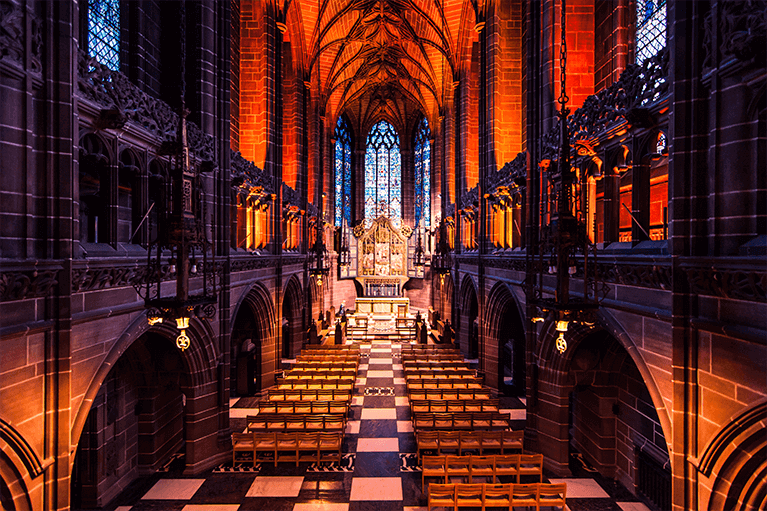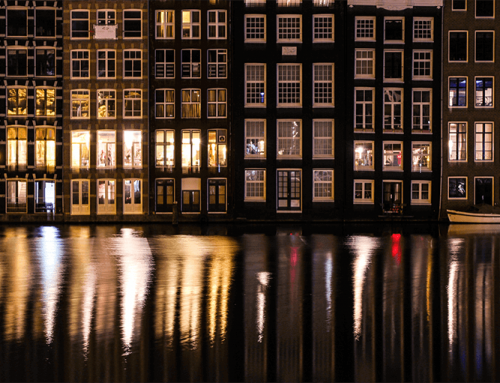In the world of lighting technology, LED (Light Emitting Diode) has emerged as a beacon of innovation, revolutionizing the way we illuminate our spaces. From residential homes to commercial complexes, the adoption of LED lighting solutions has surged due to their unparalleled energy efficiency, longevity, and environmental benefits. However, behind the brilliance of LED bulbs and fixtures lies a meticulous process that ensures their reliability and performance – quality control in LED manufacturing. In this article, we delve into the significance of quality control measures in LED manufacturing and how they contribute to producing superior lighting products.
The Foundation of Quality Control:
Quality control in LED manufacturing begins long before the final product reaches the consumer’s hands. It starts at the design phase, where engineers meticulously craft LED components to meet stringent performance standards. From selecting the right materials to optimizing manufacturing processes, every aspect is carefully considered to uphold quality.
Ensuring Component Reliability:
At the heart of every LED bulb or fixture lies an array of electronic components, each playing a vital role in its functionality. Quality control measures are implemented to scrutinize these components, ensuring they meet specifications for efficiency, durability, and safety. This includes rigorous testing for factors such as voltage tolerance, thermal performance, and resistance to environmental factors.
Precision Manufacturing Processes:
The manufacturing of LED products involves intricate processes that demand precision and consistency. Quality control practices are integrated into every step of production, from LED chip fabrication to assembly and packaging. Automated inspection systems and skilled technicians work in tandem to identify and rectify any deviations from quality standards, ensuring that each product meets or exceeds expectations.
Testing for Performance and Reliability:
Before LED products leave the manufacturing facility, they undergo comprehensive testing to validate their performance and reliability. This includes luminous efficacy tests to measure brightness and energy efficiency, thermal imaging to assess heat dissipation, and endurance testing to simulate real-world usage conditions. By subjecting products to rigorous testing protocols, manufacturers can confidently guarantee their quality and longevity.
Compliance with Regulatory Standards:
In addition to internal quality control measures, LED manufacturers must adhere to various regulatory standards and certifications to ensure product safety and compliance. This includes certifications such as UL (Underwriters Laboratories), Energy Star, and RoHS (Restriction of Hazardous Substances), which attest to the quality, efficiency, and environmental friendliness of LED products.
The Benefits of Quality-Controlled LED Products:
Investing in LED products manufactured with stringent quality control measures offers numerous benefits to consumers and businesses alike. These include:
Reliability:
LED products undergo thorough testing to ensure consistent performance and reliability, reducing the risk of premature failure or malfunction.
Longevity:
High-quality LED bulbs and fixtures are designed to last significantly longer than traditional lighting sources, resulting in lower maintenance costs and reduced replacement frequency.
Energy Efficiency:
Quality-controlled LED products are optimized for energy efficiency, helping consumers save on electricity bills while reducing their carbon footprint.
Safety:
Compliance with regulatory standards ensures that LED products meet stringent safety requirements, providing peace of mind to users.
Enhanced Performance: By adhering to strict quality control measures, LED manufacturers can deliver products with superior brightness, color rendering, and overall performance.
Conclusion:
Quality control is the cornerstone of LED manufacturing, ensuring that each product meets the highest standards of performance, reliability, and safety. By investing in quality-controlled LED lighting solutions, consumers and businesses can enjoy the benefits of energy-efficient, long-lasting illumination while contributing to a sustainable future. As the demand for LED lighting continues to grow, manufacturers must uphold their commitment to quality, driving innovation and excellence in the industry.





